The Current State of Jewish Music (abridged)
Permanent link
Debbie Friedman, Salamone Rossi, Max Janowski, Ben Steinberg, Sheva, Louis Lewandowski … What do all these names have in common? They all have made a remarkable impact on the music of the synagogue. As a Reform cantor, I have always been most drawn to Judaism by its rich heritage of music, and find that many of my congregants share the same strong connection. Musical tastes may vary all across the board, but it is undeniable that it is often music connecting people to moments of prayer, meditation and majesty.
What is important about the six composers I initially named is that they are all a sign of their times. Whether a composer like Rossi of the Italian Renaissance, Chicago's own Max Janowski, or the renowned folk singer-songwriter Debbie Friedman, all of these musicians were and are composing music that reflects the music heard in the secular society of their days. This fact shows that people have continually wanted to have a musical connection to Jewish tradition that is often modern and familiar, and that there is much room for musical change and growth in Judaism. Rossi's music reflected the Italian madrigal style of his day, Janowski's reflects the high art of turn of the century classical composition to the likes of Puccini, and Friedman's music mirrors the simple folk styles of the sixties and seventies. And, while many composers specifically wrote for the synagogue, other music that began for secular use has also made its way into the synagogue. Israeli Rock band Sheva's "Od Yavo Shalom Aleinu" is a perfect example of a song that asks for peace between Jews and Muslims, originating on Israeli radio, and now finding a commonplace first in Jewish summer camps and then in many synagogues. It is even printed in the collection of songs in the back of the Reform siddur, Mishkan Tefillah.
Some music never loses its resonance. There is hardly a synagogue in Chicago which does not incorporate melodies of composer Max Janowski in its High Holy Day services and throughout the year. Janowski was a staple in the local Jewish music scene throughout the sixties and seventies, working in a handful of synagogues, and as the resident music director at KAM Isaiah Israel in Hyde Park for over 50 years. Most would agree with me that a High Holidays without his "Avinu Malkeinu" would be greatly lacking. Although Janowski died in 1991, his spirit is still very much alive, and I often hear vivid tales of his persona from my choir members who sang under his direction.
At the same time today, we have been given a great opportunity. This is the chance to mix up the music we use, and I do this every moment I can. There is such a treasure of music to choose from, with little reason to let any of the great pieces of yesterday go to waste. This also includes not only mixing music of different eras, but also of different cultural backgrounds. How great is it that we can incorporate music in Yiddish and Ladino into our services, next to our standard Hebrew selections, and creative English interpretations?
I take great honor in being a keeper of the great and elaborate musical tradition we have as Jews and Jewish Americans (and furthermore, as Chicagoans!).
Cantor David Reinwald will be joined by Cantor David Serkin-Poole this Sunday, December 6th at 4 pm at Temple Anshe Sholom in Olympia Fields for a wonderful afternoon of cantorial and Jewish music benefiting student scholarships for camp and Israel trips. Call 708-748-6010 for more info. Tickets also available at the door.


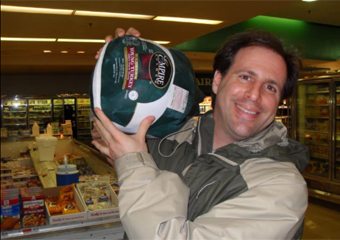
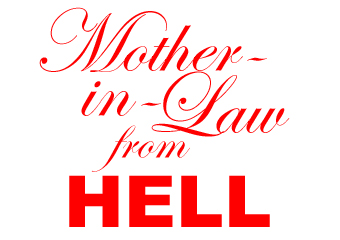



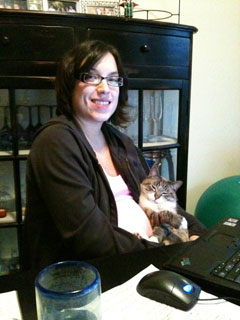
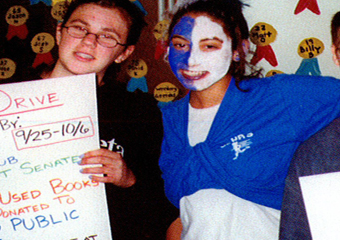



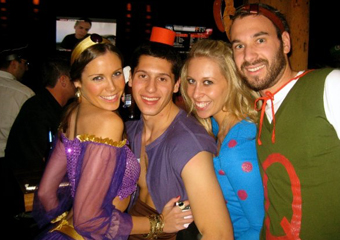
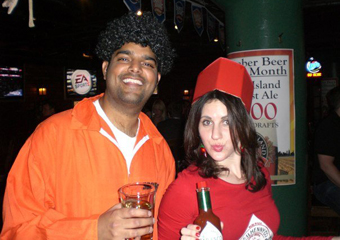
.jpg)
.jpg)

.jpg)
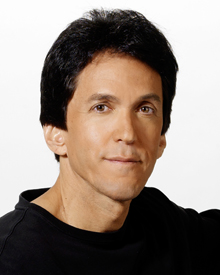

.jpg)



